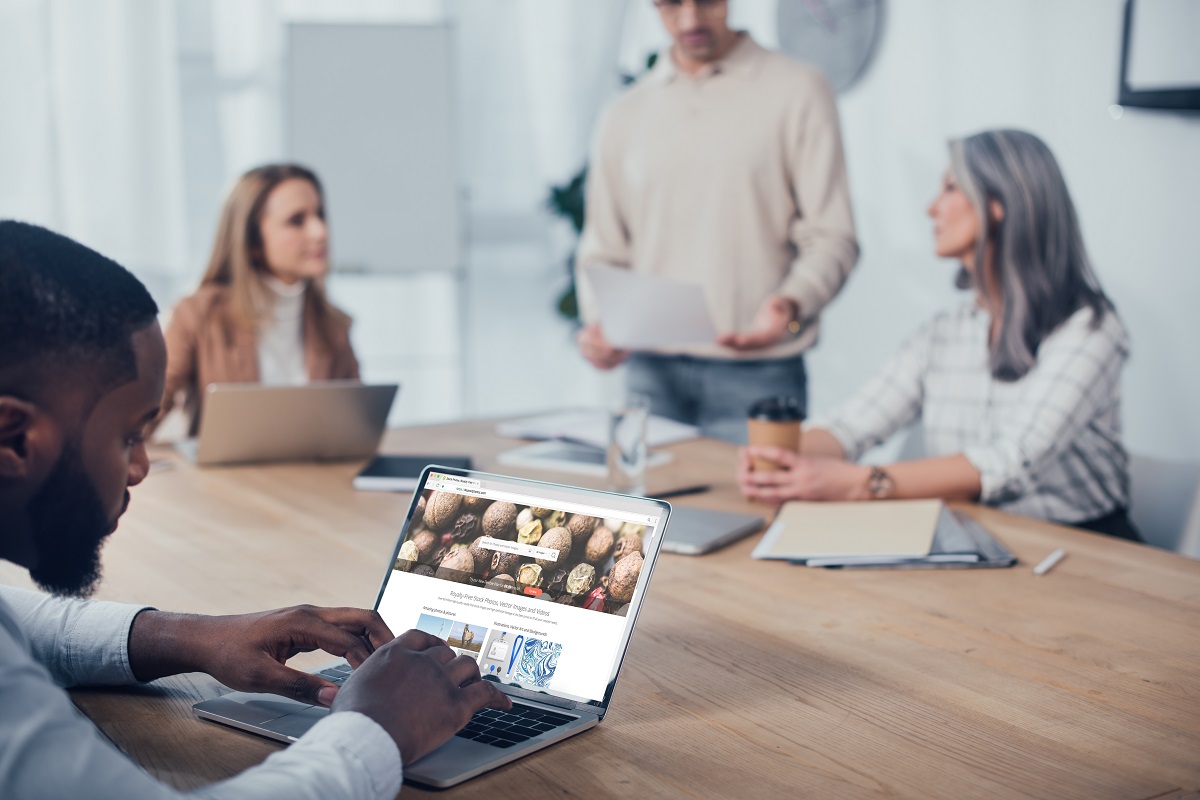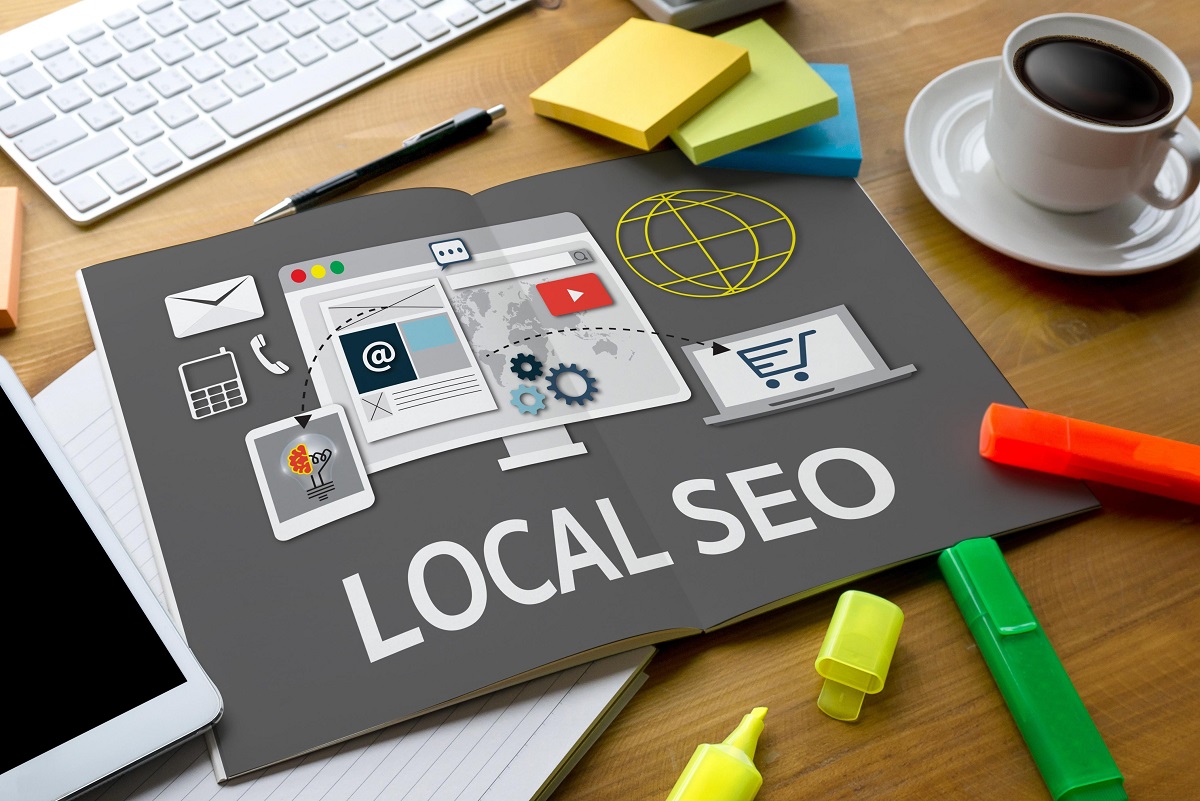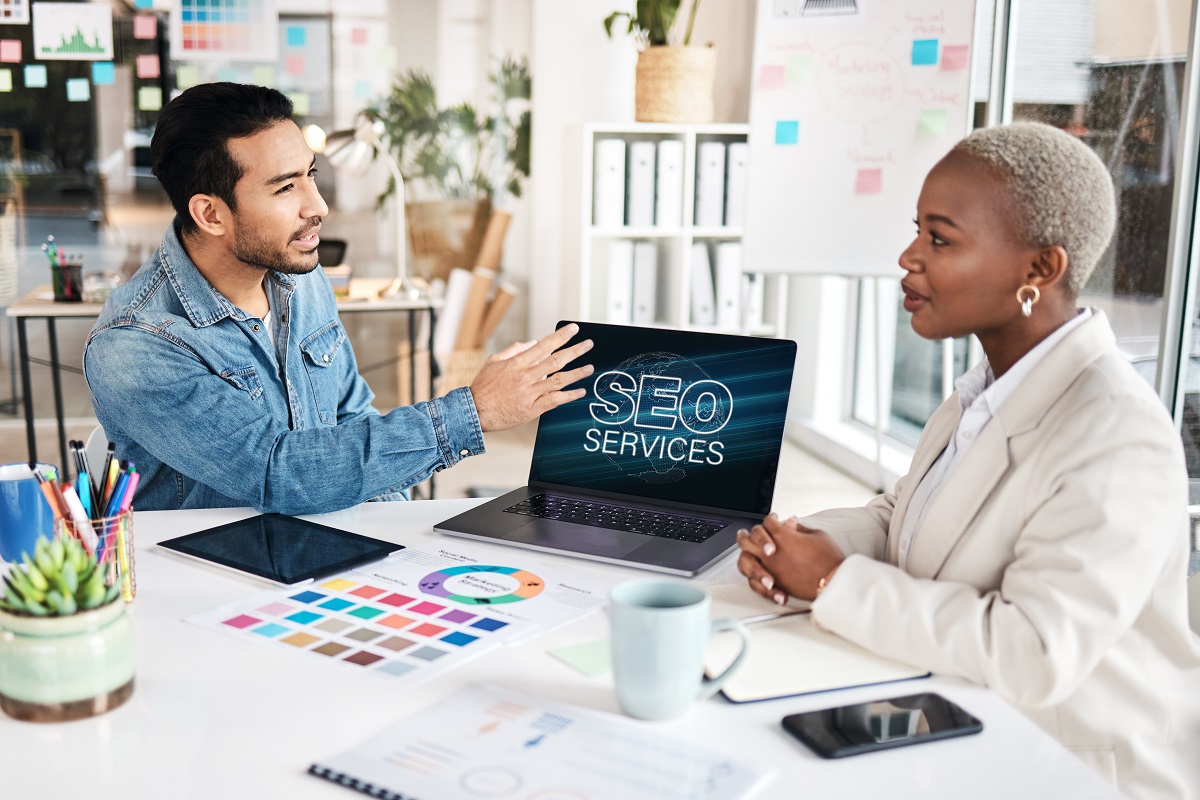Boca Raton SEO Solutions | Local Digital Marketing Experts
Key Takeaways What Is SEO? Benefits of SEO for Local Businesses Increased Online Visibility Attracting Targeted Local Customers Building Trust and Credibility Boosting Sales and Revenue Strategies to Improve Local SEO Create a Bullet List of Actionable Local SEO Strategies for Businesses 1. Conduct Keyword Research 2. Optimize On-Page Elements 3. Leverage Content Marketing 4. Build High-Quality Backlinks 5. Focus on Mobile Optimization 6. Utilize Social Media Platforms 7. Implement Effective Email Campaigns 8. Monitor and Analyze Performance Metrics Importance of Partnering With a Local SEO Agency Access to Local Market Expertise Tailored Strategies for Boca Raton Businesses Saving Time and Resources Achieving Long-Term Results How to Choose the Right SEO Agency Key Factors to Consider Evaluate Their Experience and Expertise Review Client Testimonials and Case Studies Assess Their Range of Services Discuss Clear Goals and Expectations Measuring SEO Success and ROI Tracking Website Traffic Growth Monitoring Lead Generation and Conversions Analyzing Search Engine Rankings Calculating Return on Investment Conclusion Frequently Asked Questions What is SEO and why is it important for businesses in Boca Raton? How can SEO benefit local businesses in Boca Raton? What are the best strategies to improve local SEO? Why should I partner with a local SEO agency? How do I choose the right SEO agency in Boca Raton? How long does it take to see results from SEO? How do I measure the ROI of SEO? Key Takeaways SEO plays a critical role in increasing a website’s visibility and attracting organic traffic, which is why it’s a fundamental component of any successful digital marketing strategy. Solid SEO tactics, like keyword research, on-page optimization, and link building, can increase your visibility online and lead to a high conversion rate. Local SEO is vital for businesses in Boca Raton, helping them connect with their community, attract nearby customers, and drive foot traffic to physical locations. Partnering with a local SEO agency provides tailored strategies, saves time and resources, and offers long-term benefits by leveraging local market expertise. Tracking performance metrics is critical to measuring success with SEO efforts. It allows you to track web traffic, leads created, and keyword ranking to make sure you’re getting a return on your investment. To stay ahead of competitors and improve SEO strategies, businesses need to focus on mobile optimization, producing high-quality content, and social media engagement. SEO digital online marketing in Boca Raton has become a key strategy for businesses aiming to grow their presence and connect with local audiences. This helps businesses attract the most relevant, qualified traffic and leads by optimizing their websites and content for search engines. This tactic is key in establishing visibility in hyper-competitive markets. With the booming business climate of Boca Raton, having customized SEO strategies is necessary to help you stand out from the competitors. This strategy incorporates keyword research, on-page optimization, and local SEO tactics to guarantee improved rankings and customer interaction. By implementing effective strategies, companies can improve their digital visibility, increase customer engagement, and experience tangible results. For those in Boca Raton, understanding SEO’s role in digital marketing is a step toward staying competitive and relevant in the digital age. What Is SEO? SEO, Search Engine Optimization is the practice of getting pages to rank higher in search engines such as Google. It’s all about creating the right foundation for your site’s structure, content, and performance that will work best within the algorithms that decide search rankings. Our mission is to help your site rank at the top of relevant search results. That way, people searching for you can find you more readily! Great SEO goes beyond rankings and focuses on providing a connected experience to your audience. A quick, mobile-friendly website that’s easy to navigate will keep people on your page longer, and that’s what search engines love. SEO tactics range from behind-the-scenes technical fixes to content creation and strategy. These are things such as page speed optimization, mobile responsiveness, site security, and creating relevant, quality content. Each ingredient interacts with the others to compoundly improve user experience, increase site performance, and amplify visibility. Focusing on process, far from a shot in the dark, tried-and-true techniques have produced double-digit increases in both traffic and conversions consistently. SEO is important for any business because organic traffic is a major source of website visitors. That is how visitors find your site organically, without the use of paid advertisements. SEO creates long-term momentum, unlike traditional advertising. Strong SEO can take your website from obscurity to prominence, positioning you to attract more clients and dominate your market for years to come. Benefits of SEO for Local Businesses Increased Online Visibility Local SEO increases businesses’ visibility on search engine results pages (SERPs). It’s most powerful when used to target a tight local geography, like all of Boca Raton. When users look for local services or products, companies with the best local SEO strategies are most visible. They are more likely to make it to the top of the search results. Increased traffic from targeted visibility comes increased clicks, driving further visits to their website and brand awareness. For example, a small café in Boca Raton with an optimized website and active Google My Business profile will likely attract more online attention than competitors with minimal SEO efforts. In the long run, being constantly visible online establishes a level of comfort with your audience, which can create a long-term base for growth. Attracting Targeted Local Customers Local SEO helps businesses reach local customers who are already looking for services in their area. By optimizing your Google My Business listing, you can ensure that potential customers find important information. It is now easy for them to find your store hours, location, and reviews. A specialized auto repair business focused in tire repair in Boca Raton would increase its relevancy. By connecting with local searchers looking for urgent care, the shop will experience an increase in conversions. This targeted marketing puts you directly in the path toward their doorstep, leading to much higher conversion rates










